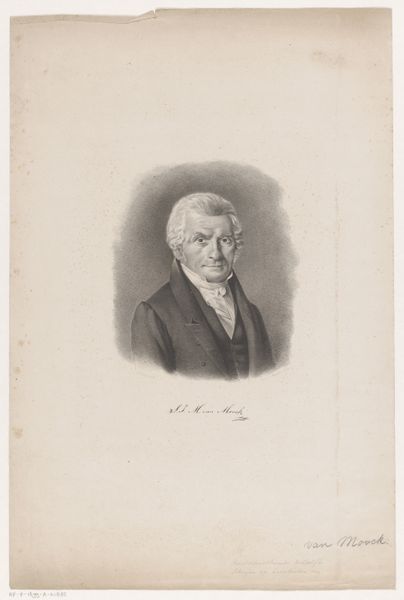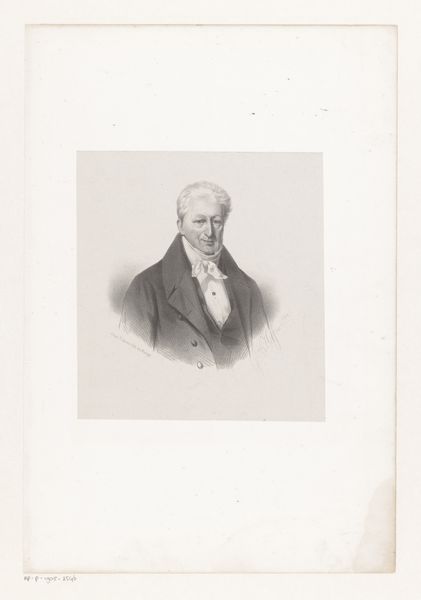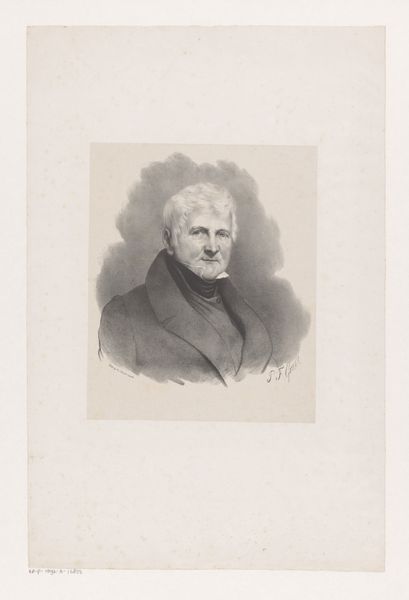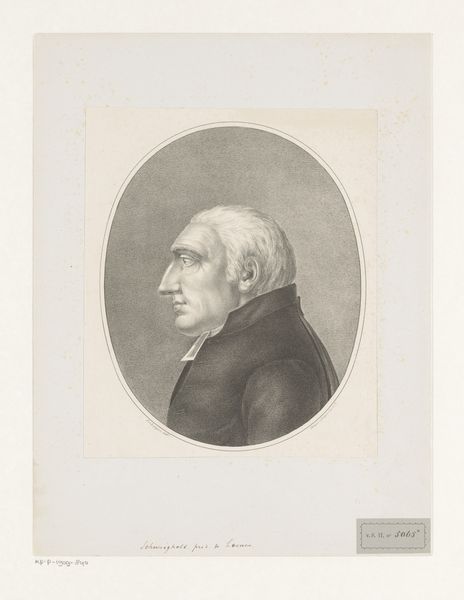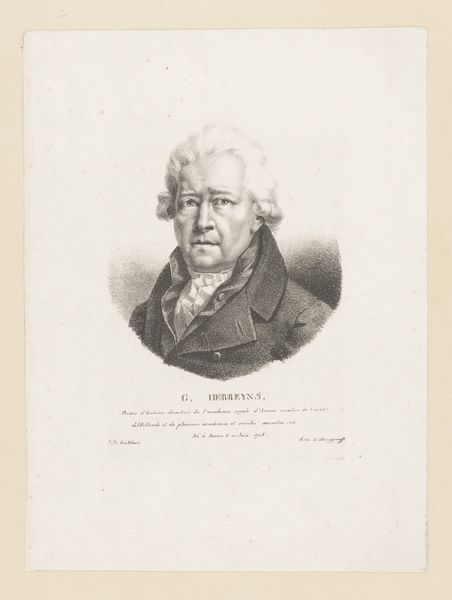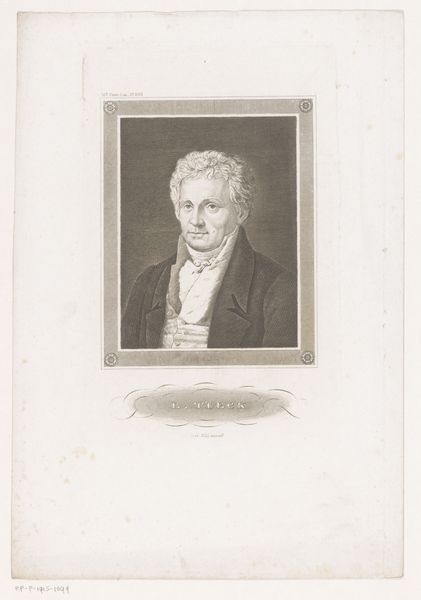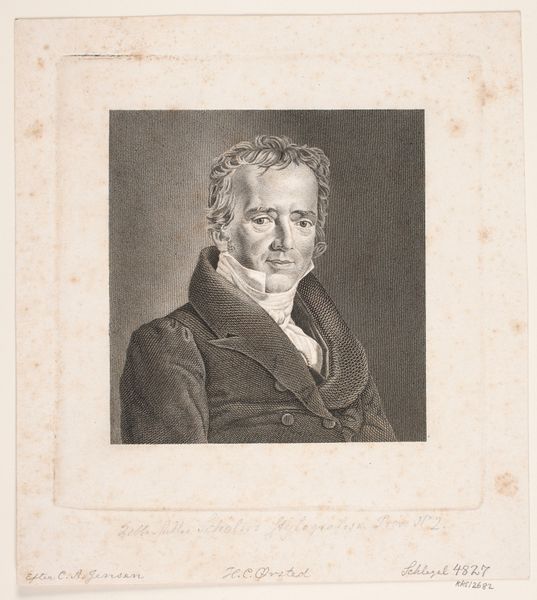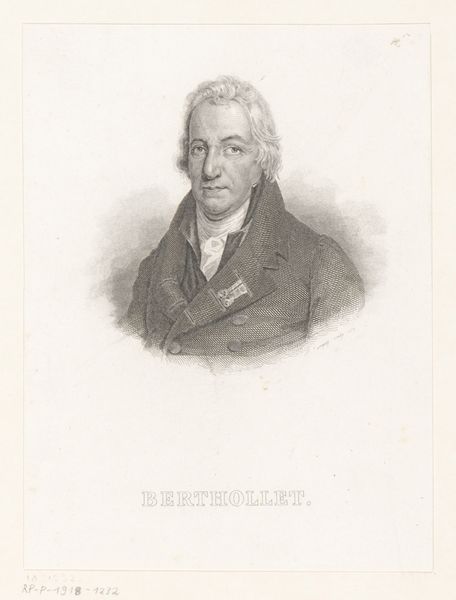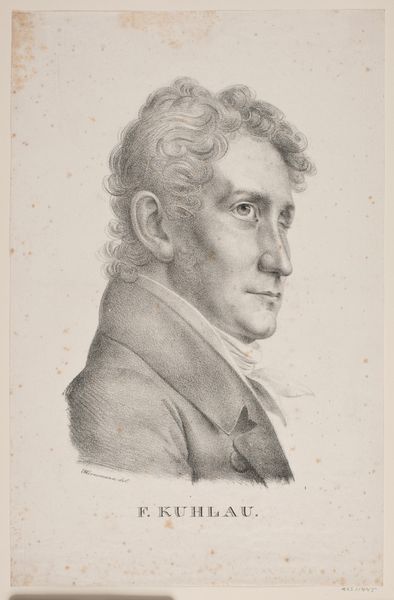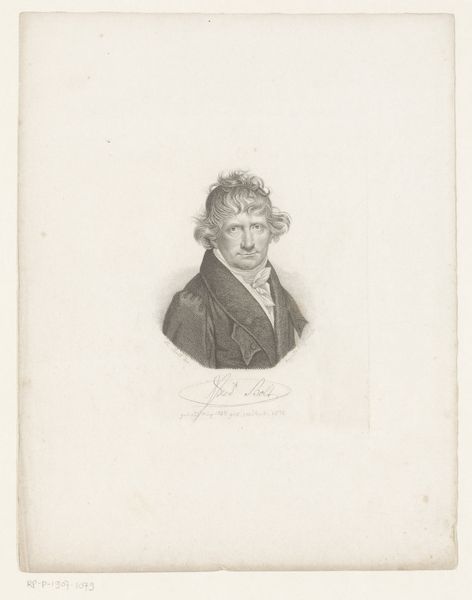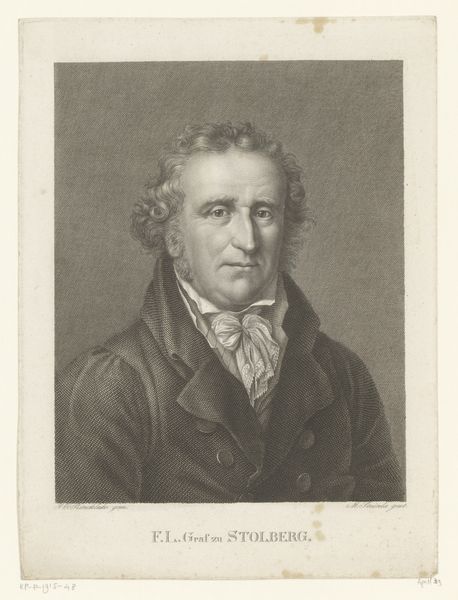
lithograph, print
#
portrait
#
lithograph
# print
#
realism
Dimensions: 443 mm (height) x 331 mm (width) (bladmaal)
This is a portrait of S.N.J. Bloch made by Emil Ditlev Bærentzen, and the medium is lithography. Look closely at the intricate details and the range of tones achieved through this process. Lithography, unlike traditional engraving, depends on the mutual repulsion of grease and water. The artist would draw the image on a flat stone surface with a greasy crayon, then treat the stone so that ink would adhere only to the drawn areas. This printmaking technique allowed for a more direct and fluid translation of the artist’s hand compared to older, more laborious processes. The soft, almost smoky quality in the shading around Bloch’s face and clothing is characteristic of lithography. This method democratized image production, making it easier to reproduce images and disseminate them widely. Consider the social implications: lithography brought portraiture, once the exclusive domain of the wealthy, to a broader audience. It blurred the lines between art and industry, reflecting the changing landscape of 19th-century visual culture. By focusing on materials and processes, we can uncover the rich layers of meaning embedded within.
Comments
No comments
Be the first to comment and join the conversation on the ultimate creative platform.
